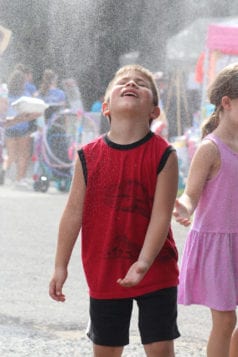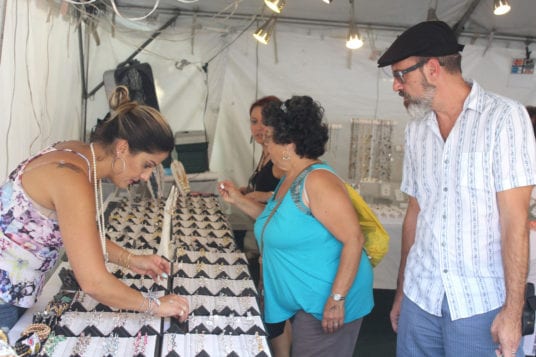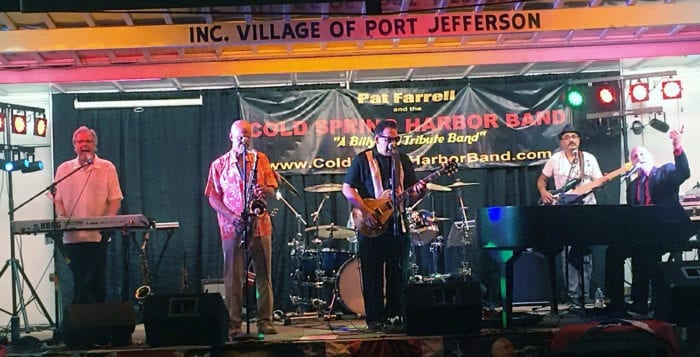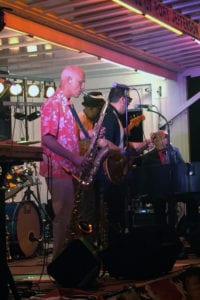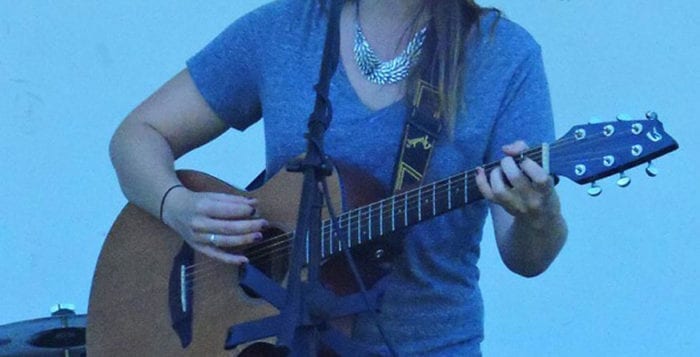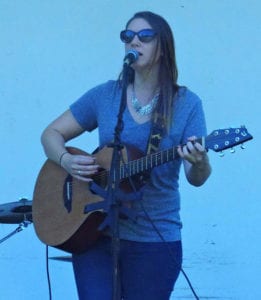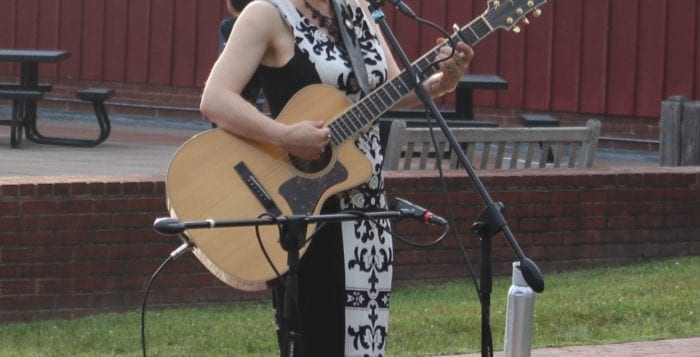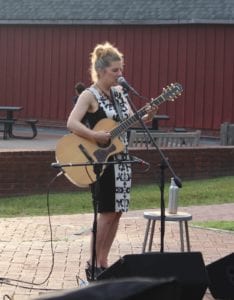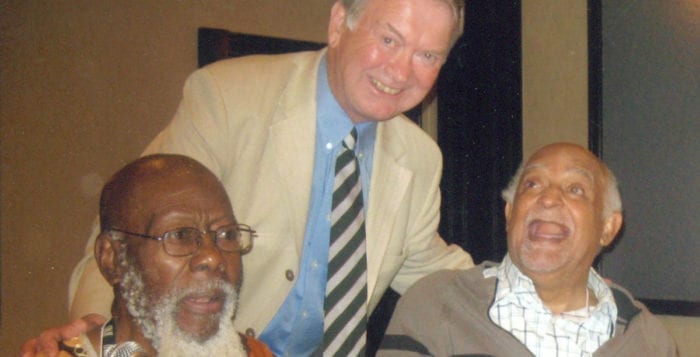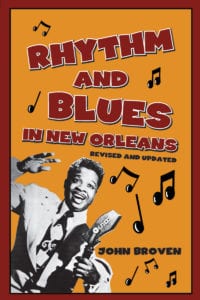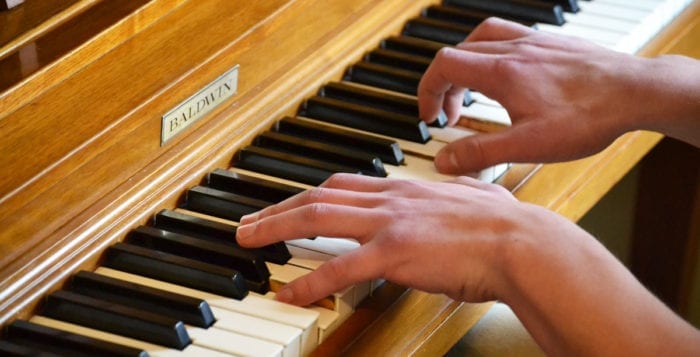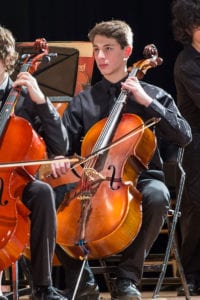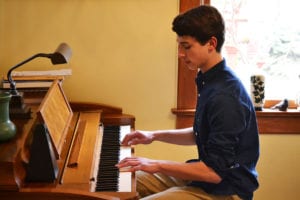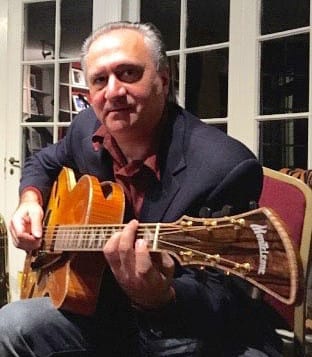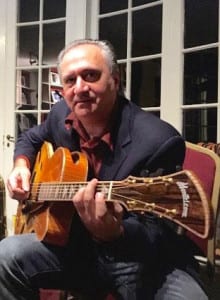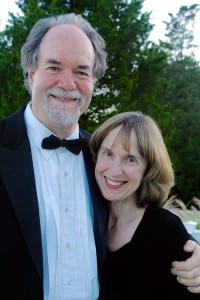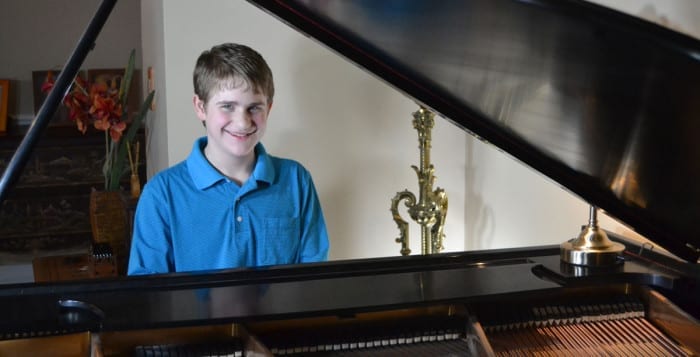This past weekend, I spent some delightful time with my grandson and was introduced to electronic music. He plays and composes this type of music, so I wanted to know more about it, and I was dazzled. In a corner of his bedroom, with relatively few, modest-sized electronic instruments, he can construct and deconstruct and reconstruct sounds as they graphically appear on a screen in front of him. He can reproduce the sound of any musical instrument, then combine that sound with any other, such as an industrial sound, and create a unique sound with the help of a synthesizer. There is often a strong beat associated with the musical line, but not always. Traditional musical instruments can be combined with unique sounds. And pauses can be built in for a vocalist.
I’ll try to explain how this was made possible. Advances in technology, from the development of tape recorders last century to the laptop computer of today played a part. According to some research I did on the Internet, the earliest electronic devices for performing music were developed at the end of the 19th century. Italian Futurists explored sounds not precisely considered musical. Then in the 1920s and ’30s, electronic instruments were introduced and used to play the first compositions.
The big breakthrough came with magnetic audiotape, sort of analogous to the development of film for movies. Audiotape enabled musicians to tape sounds and then modify them, by changing speed or splicing out mistakes and inserting better parts of takes. It was a boon to recording commercial music, be it classical or popular.
Germany was first on this scene, actually during World War II, and that work was brought to the United States at the end of the war. Musique concrète was created in Paris, France, in 1948, wherein fragments of natural and industrial sounds were recorded and edited together to produce music from electronic generators. Japan and the United States joined in this development in the 1950s and ’60s.
Computers were now available, and they could be made to compose music according to predetermined mathematical algorithms. In 1957, the RCA Mark II Sound Synthesizer became the first that could be programmed by its user, making possible the fusion of electronic and folk music, for example. Its user now had the ability to pinpoint and control elements of sound precisely.
By the 1970s, the synthesizer helped make electronic music a significant influence on popular music. Electronic drums and drum machines entered disco and new wave music. Toward the end of the last century, the Musical Instrument Digital Interface or MIDI enabled everything from experimental art music to popular electronic dance music. Pop electronic music became connected to mainstream culture.
In the last decade, many software-based virtual studio environments have emerged, allowing viable and cost-effective alternatives to typical hardware-based production studios, many of which have gone out of business. Microprocessor technology can help make high quality music using little more than a laptop.
When my grandson, who just turned 18, sits in his bedroom and composes full-orchestral music from bits and pieces of sounds he has recorded — aided by his drum machine and bass synthesizer, that he then plays over the Internet — we are seeing the democratization of music creation. He doesn’t even need those bits and pieces, although he sometimes likes to add them.
Synthesized music can be created entirely from electronically produced signals. My grandson is, in fact, marching along the same path as Paul Hindemith and the Beatles. Only today he has more technology to help him than they did.
Will all this eventually replace large orchestras? He says, “Yes.”


